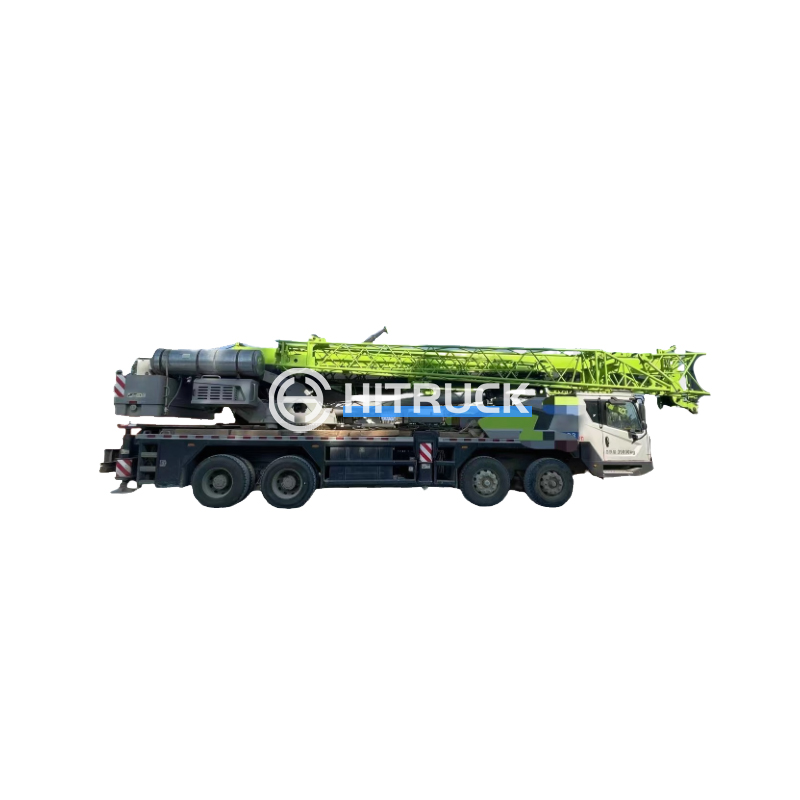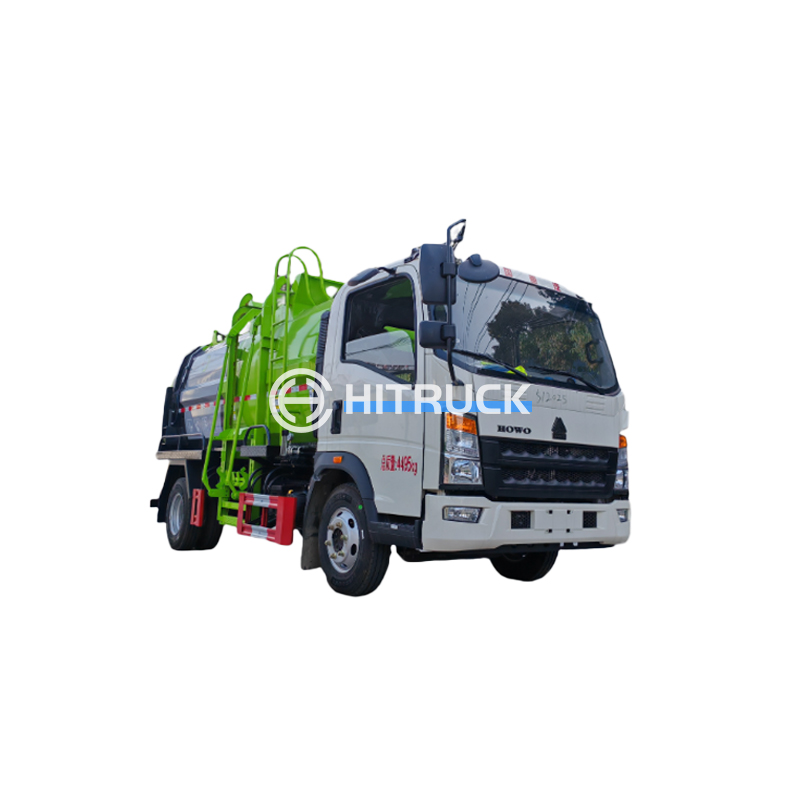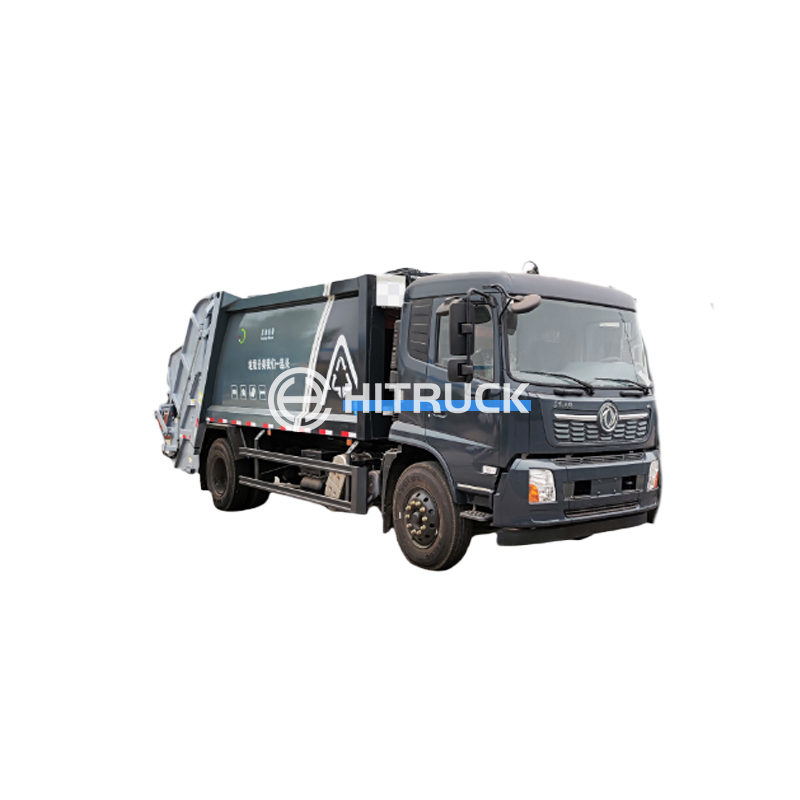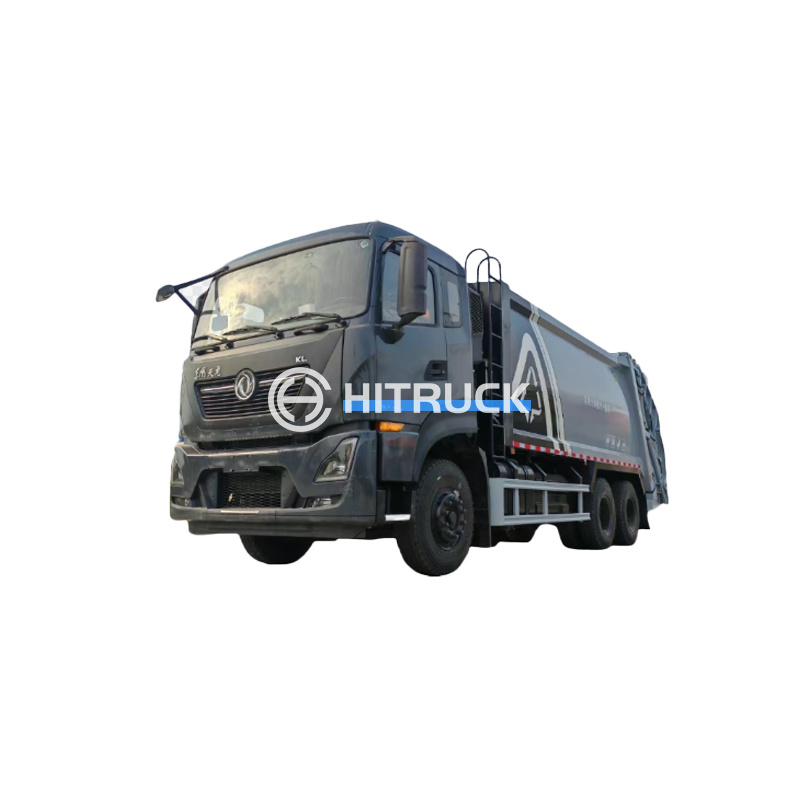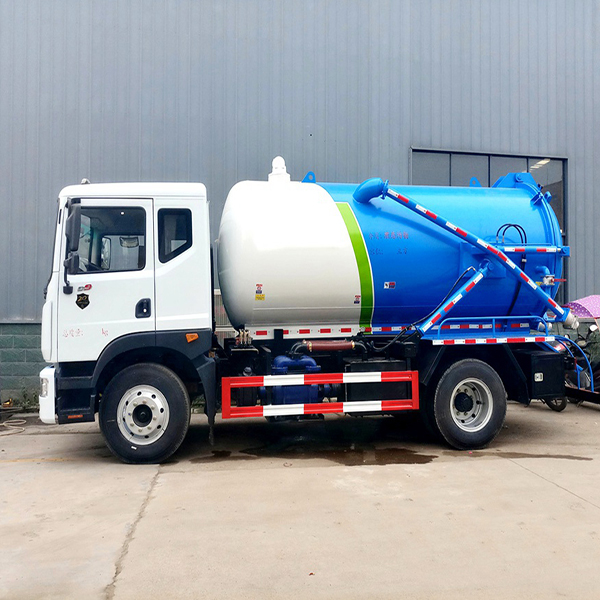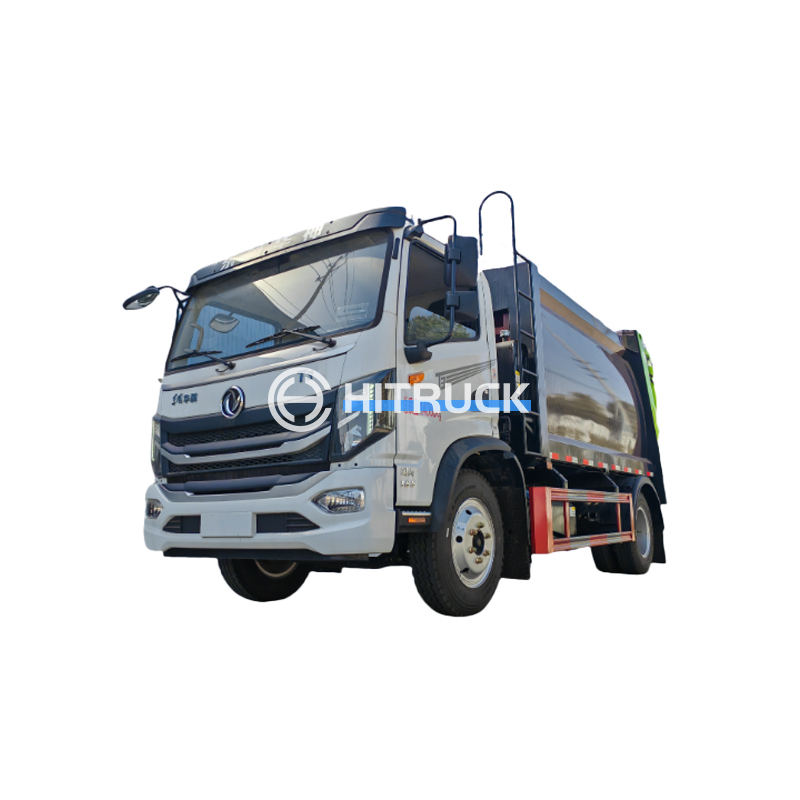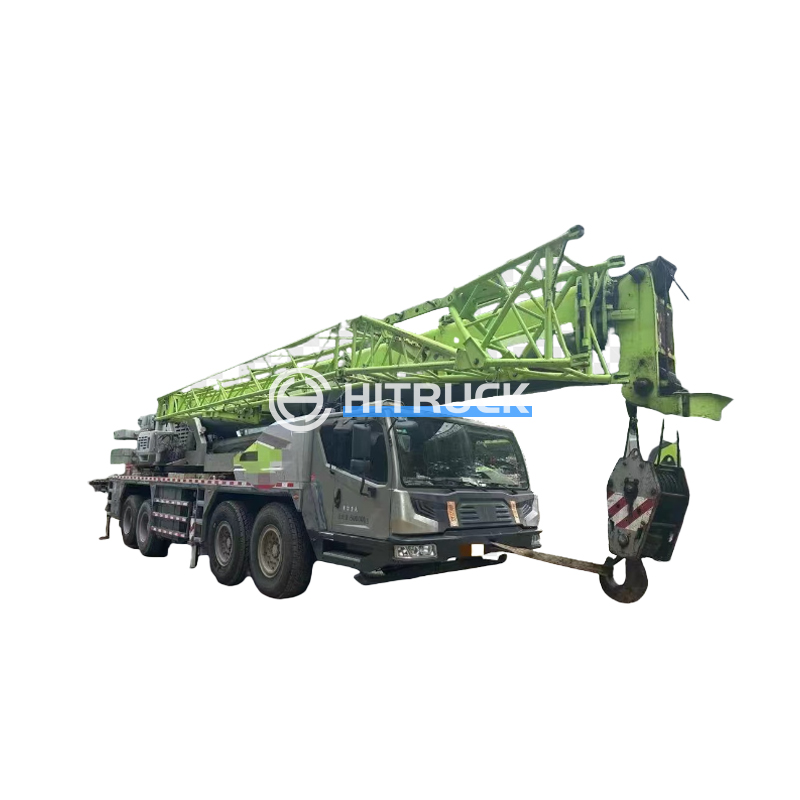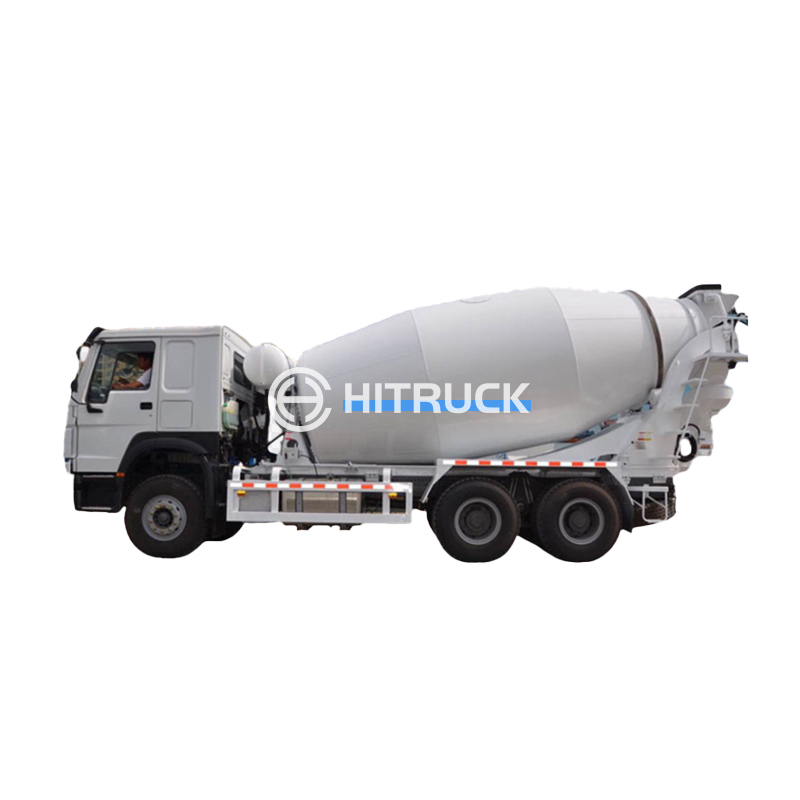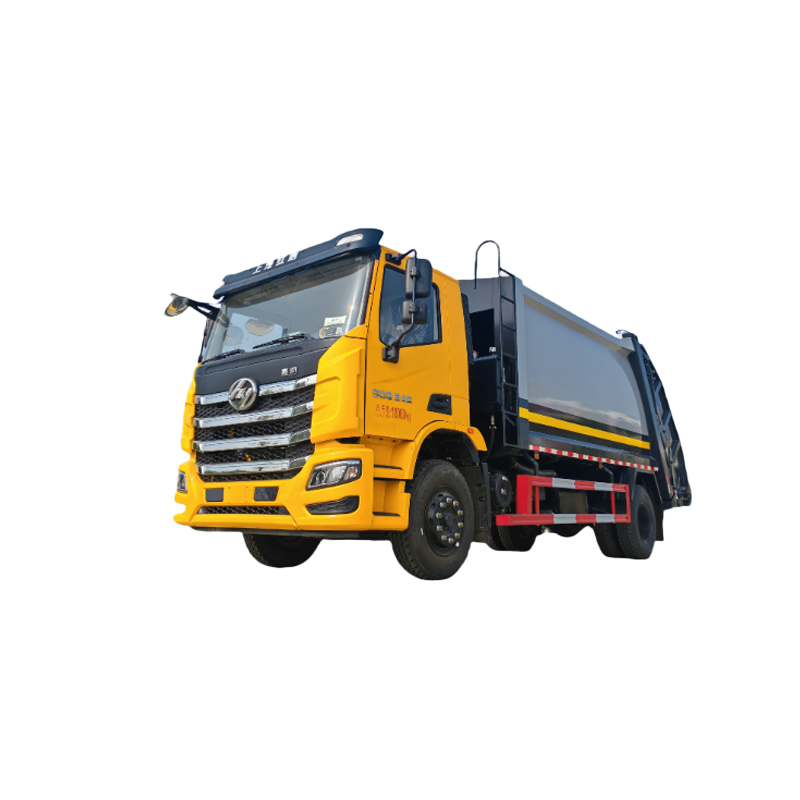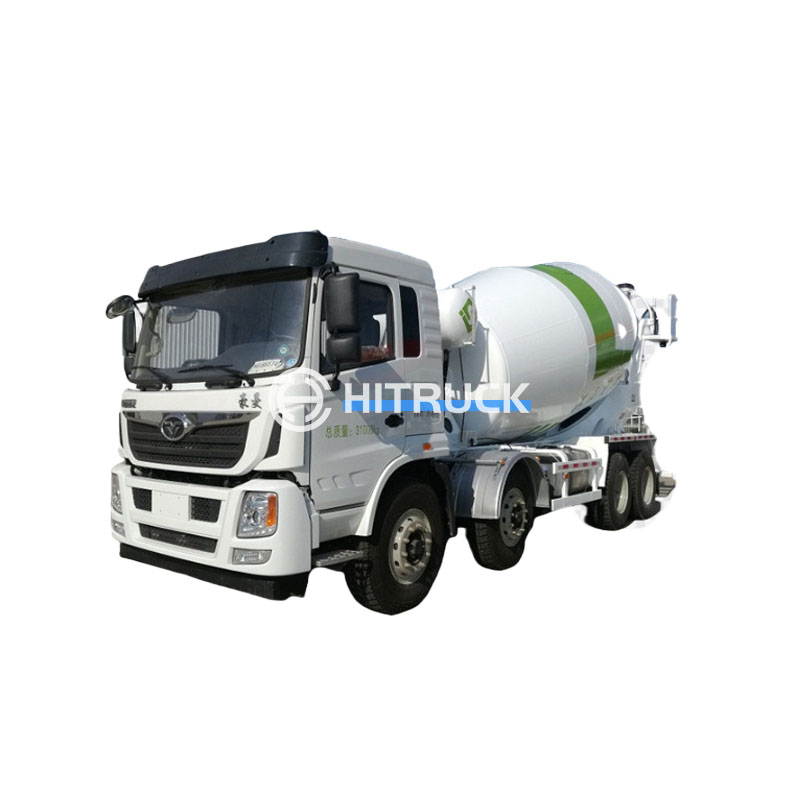Fresh Water Tanker: A Comprehensive GuideFresh water is essential for life, and its reliable transportation is crucial for various industries and communities. This guide explores the world of fresh water tankers, covering their types, applications, maintenance, and the factors to consider when choosing the right one for your needs.
Types of Fresh Water Tankers
Stainless Steel Tankers
Stainless steel
fresh water tankers are known for their durability, resistance to corrosion, and longevity. They are ideal for transporting potable water and are often preferred for their hygienic properties. The high initial cost is often offset by their extended lifespan and reduced maintenance needs.
Fiberglass Tankers
Fiberglass
fresh water tankers offer a lightweight yet strong solution. They are less expensive than stainless steel options but might require more frequent maintenance depending on the operating conditions and quality of the fiberglass. Their lighter weight can improve fuel efficiency during transportation.
Polyethylene Tankers
Polyethylene
fresh water tankers are known for their affordability and impact resistance. They are suitable for various applications, but their lifespan might be shorter compared to stainless steel or even fiberglass alternatives, making them a cost-effective solution for short-term or less demanding projects.
Choosing the Right Fresh Water Tanker
Selecting the appropriate
fresh water tanker involves considering several key factors:
Capacity
The required capacity depends entirely on your specific needs. Do you need a small tanker for residential use or a large-capacity tanker for industrial or municipal applications? Carefully assess your daily or weekly water requirements to determine the appropriate tank size.
Material
The choice of material (stainless steel, fiberglass, polyethylene) greatly influences the tanker's durability, maintenance requirements, and cost. Consider factors like the water's quality, the operating environment, and your budget.
Maintenance
Regular maintenance is crucial to extend the lifespan of your
fresh water tanker. This includes regular inspections, cleaning, and repairs as needed. Choosing a tanker made of a material that is easy to maintain will simplify this process.
Maintenance and Safety
Regular inspection and cleaning are essential to ensure the safety and longevity of your
fresh water tanker. Cleaning schedules should align with local regulations and the frequency of use. It is also important to regularly check for leaks and ensure the structural integrity of the tanker. Professional servicing should be conducted annually or as needed.
Where to Buy a Fresh Water Tanker
For high-quality
fresh water tankers and related products, consider exploring reputable suppliers like
Suizhou Haicang Automobile Sales Co., LTD, a trusted provider in the industry. They offer a wide range of options to meet diverse needs. (Remember to always research several suppliers to compare pricing and features before making a purchase.)
Conclusion
Investing in the right
fresh water tanker is essential for reliable and safe water transport. Carefully considering your specific needs, budget, and long-term maintenance plans will ensure you make an informed decision. By following the guidelines outlined above, you can find the perfect
fresh water tanker to meet your requirements.
For a quick comparison of different fresh water tanker materials:
| Material | Cost | Durability | Maintenance | Hygiene |
| Stainless Steel | High | High | Low | Excellent |
| Fiberglass | Medium | Medium | Medium | Good |
| Polyethylene | Low | Low | High | Good |

